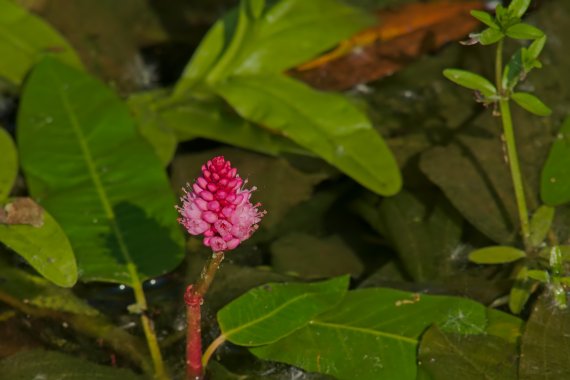Japanese knotweed (Fallopia japonica) is an invasive exotic plant that causes a lot of damage due to its tough rhizomes and stalks. To date, there was no effective method for getting rid of the plant. Removing the parts of the plant that are above ground doesn’t help much as the rhizomes in the soil remain intact and continue to sprout.
Installation
WUR joined forces with Probos and Tree-O-Logic to investigate a technique developed by the contractors Van Gelder and Van den Herik Zuigtechniek. These two companies have built a mobile installation that heats soil containing Japanese knotweed. The aim of the study was to see whether the heat treatment destroyed the shoots. This turned out to be the case. When the researchers assessed the soil seven weeks after the treatment, they found no more Japanese knotweed.
Carefully
It is not clear yet whether this approach would work in practice. The place where Japanese knotweed is growing has to be excavated first before the earth is put in the mobile installation. Success depends on how carefully the infected soil is dug up. Proper follow-up care is also required, say the researchers, because an effectiveness score of 99 per cent means a few root fragments may survive the heat treatment.

 Photo: Shutterstock
Photo: Shutterstock